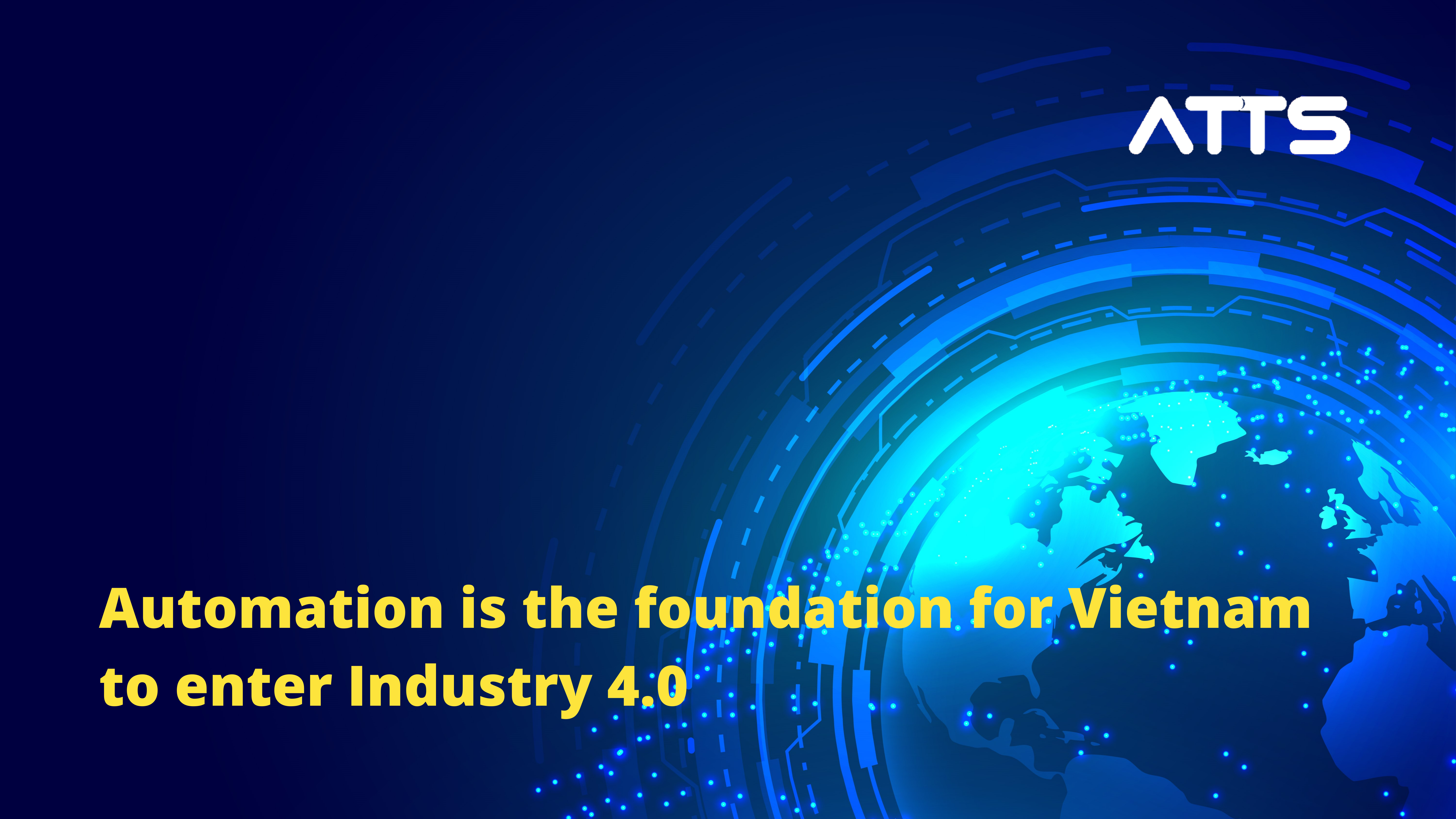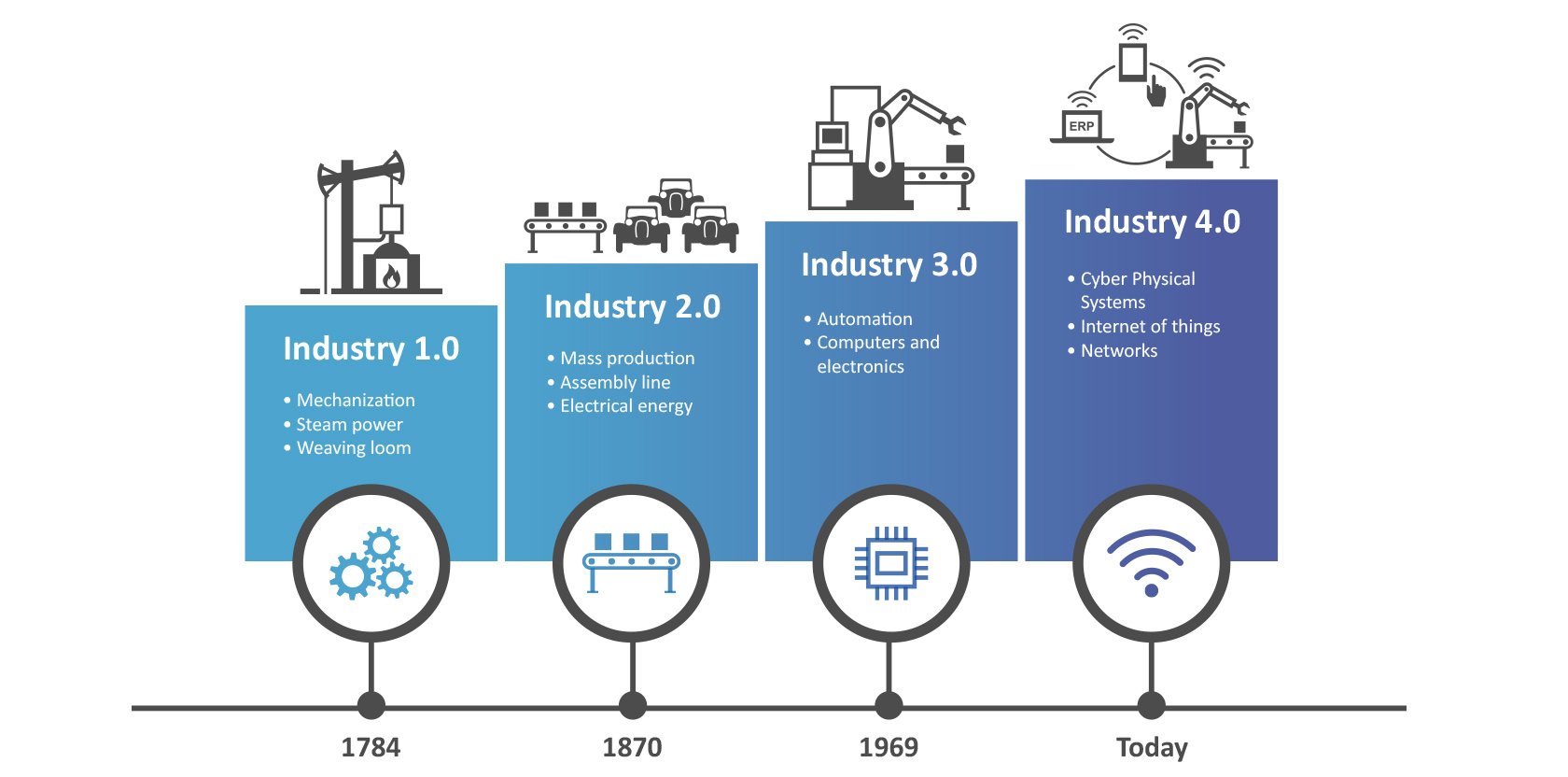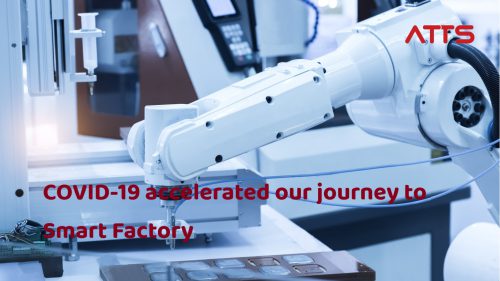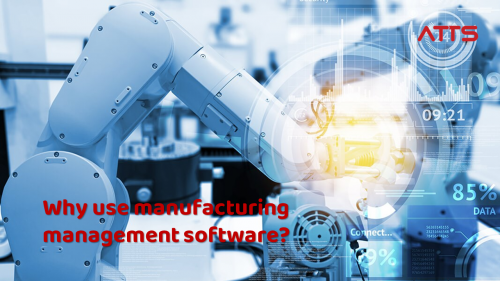Automation is the foundation for Vietnam to enter Industry 4.0
To be ready and proactive with Industry 4.0, Vietnam has to prepare machinery platforms and automation systems.

Automation is the foundation for Vietnam to enter Industry 4.0
The rate of automation is one of the decisive factors to enter Industry 4.0
The world has undergone four industrial revolutions. The First Industrial Revolution took place in the 18th century with the arrival of internal combustion engines. This revolution came from England, which then spread to other countries. This was followed by the electric motor revolution, also known as the 2nd Industrial Revolution (1871-1914). New industries were also born such as chemical industry, oil, steel, electricity. The third revolution around the 1960s marked a remarkable development in technology with the inventions of the Internet, computer, and automation, which have changed all aspects of society.

The four industrial revolutions
Currently, we are in the period of industrial revolution 4.0, with the following features:
First, continuing to develop intelligent automation and manufacturing machines with the help of sensor technology, big data analytics, cloud computing and IoT.
Secondly, using 3D printing technology to produce products in a complete way without having to go through the assembly phase. In other words, using non-traditional methods to ignore intermediate stages to optimize production costs.
Third, nanotechnology creates new material structures widely applied in most fields.
Fourth, AI allows humans to control remotely, unlimited space, time, interaction faster and more accurately.
Revolution 4.0 will take place in 3 main fields including biotechnology, digital engineering and physics. In particular, the core elements of digital technology are AI, IoT, and Big Data. Therefore, it can be easily seen that, for Vietnam to be ready and proactive with Industry 4.0, the preparation of machinery platforms and automation systems is the decisive factor.
Where is Vietnam on the Industry 4.0 map?
In terms of technology, Vietnam is considered well-adapting when compared to other developing countries. However, there are still some points to improve and challenges to overcome with a view to seizing the opportunity of Industry 4.0.
In terms of capacity, recent research carried out by the Ministry of Industry and Trade shows that only a small percentage of Vietnam’s industrial production enterprises start applying typical 4.0 technologies.
Read more: Automation is The Future of Manufacturing Industry
Vietnam’s digital economy scale is small. Many businesses in Vietnam are still passive. The process of national digital transformation is still slow. Our country has not yet built a system of national standards and regulations for the application and development of 4.0 technologies.
Besides, new forms of business, services, and transactions based on digital technology and the Internet appeared. Many corporations invest in core technology research and change their activities, turning into digital service providers.

Digital transformation rate and automation rate have become competitive factors among businesses
Currently, digital transformation rate and automation rate have become competitive factors among businesses, especially industrial manufacturers and electronics enterprises.
As one of the main contributors to the economy, businesses need efficient automated machinery systems, which are capable of improving and integrating with 4.0 technology. This not only benefits businesses but also helps Vietnam go further on the global Industry 4.0 map.
Read more about ATTS services:
https://atts.com.vn/services.html
Connect us:




